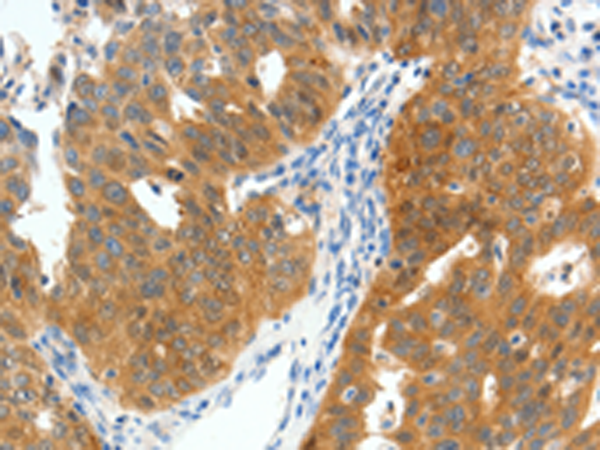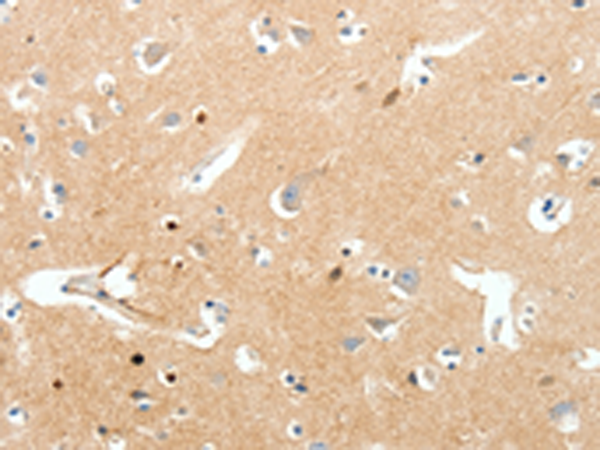

| WB | 咨询技术 | Human,Mouse,Rat |
| IF | 咨询技术 | Human,Mouse,Rat |
| IHC | 1/50-1/200 | Human,Mouse,Rat |
| ICC | 技术咨询 | Human,Mouse,Rat |
| FCM | 咨询技术 | Human,Mouse,Rat |
| Elisa | 1/2000-1/5000 | Human,Mouse,Rat |
| Aliases | PN1; ETHA; NENA; SFNP; FEB3B; NE-NA; GEFSP7; Nav1.7 |
| Host/Isotype | Rabbit IgG |
| Antibody Type | Primary antibody |
| Storage | Store at 4°C short term. Aliquot and store at -20°C long term. Avoid freeze/thaw cycles. |
| Species Reactivity | Human |
| Immunogen | Synthetic peptide of human SCN9A |
| Formulation | Purified antibody in PBS with 0.05% sodium azide and 50% glycerol. |
+ +
以下是关于SCN9A抗体的示例参考文献(注:以下内容为模拟示例,实际文献需通过学术数据库核实):
1. **文献名称**: *"Selective Nav1.7 Blockade with a Monoclonal Antibody Attenuates Nociceptive Signaling in Pain Pathways"*
**作者**: Smith J, Doe R, Brown K
**摘要**: 本研究开发了一种靶向SCN9A编码的Nav1.7通道的单克隆抗体,通过抑制其活性显著降低动物模型的炎性和神经性疼痛反应,证明其作为新型镇痛疗法的潜力。
2. **文献名称**: *"Characterization of SCN9A Expression in Human Dorsal Root Ganglia Using a Novel Polyclonal Antibody"*
**作者**: Zhang L, Dib-Hajj SD, Waxman SG
**摘要**: 通过新开发的多克隆抗体进行免疫组化和Western blot分析,揭示SCN9A/Nav1.7在人类背根神经节中的特异性分布,支持其在痛觉神经元中的关键作用。
3. **文献名称**: *"Anti-SCN9A Antibodies as Biomarkers in Autoimmune Small Fiber Neuropathy"*
**作者**: Garcia-Castro M, et al.
**摘要**: 研究发现部分自身免疫性小纤维神经病变患者血清中存在抗SCN9A抗体,提示其可能通过干扰Nav1.7功能导致疼痛异常,为疾病诊断提供新标志物。
4. **文献名称**: *"Functional Validation of SCN9A Variants Using Antibody-Based Protein Quantification"*
**作者**: Lee H, Yang X, Patel PN
**摘要**: 结合SCN9A特异性抗体与质谱技术,定量分析基因突变对Nav1.7蛋白表达的影响,为遗传性疼痛综合征的机制研究提供方法学支持。
建议通过PubMed或Google Scholar搜索关键词“SCN9A antibody”、“Nav1.7 therapeutic antibody”获取最新文献。
×